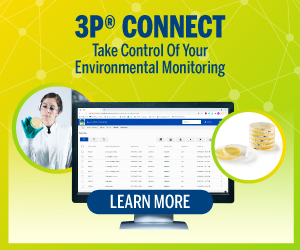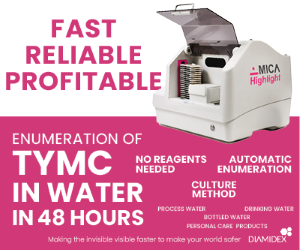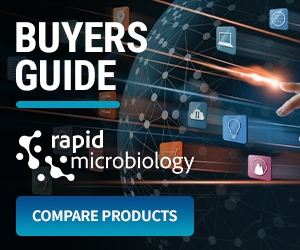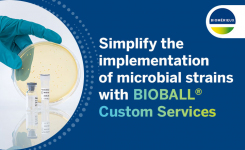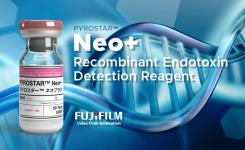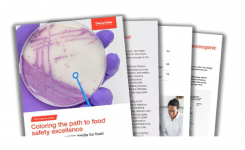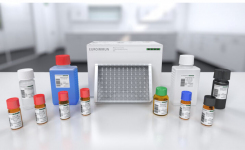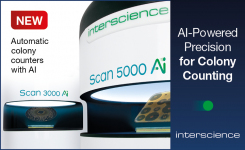Baltimore bio tech firm, PathSensors, Inc., announced that it will develop and commercialize a bio-sensor to detect Citrus Greening Disease, also known as Asiatic huanglongbing (HLB).
PathSensors will work with the USDA’s Agricultural Research Service to develop and validate the performance of the Citrus Greening / HLB Bio Sensor and design a field deployable assay that can be used by growers in high volume testing environments.
According to a recent article in the scientific publication Entomology Today (“Citrus Growers and Plant Breeders Should Pay Attention to Citrus Flush to Fight Citrus Greening Disease,” Entomology Today, February 16, 2016), Citrus Greening or HLB has cost the Florida citrus industry $1.3 billion dollars in crop losses and is a threat to the entire U.S. citrus industry.
To address this important threat, PathSensors’ BioSensor will leverage the company’s innovative CANARY® technology which allows for fast and highly sensitive pathogen detection. The new Citrus Greening / HLB BioSensor will be designed for use in commercial off-the-shelf (COTS) testing instruments, such as high volume 96-well plate readers currently used for high volume plant pathogen testing.
Ted Olsen, CEO of PathSensors, commented: “We believe our Citrus Greening / HLB Bio Sensor will be less expensive, faster, easier to use and more sensitive than current detection approaches. The Citrus Greening / HLB Bio Sensors will be an important addition to our plant and food pathogen detection bio sensors, which now includes Ralstonia, Phytophthora, Listeria, Campylobacter, E.coli, Citrus Leprosis and Salmonella.”


